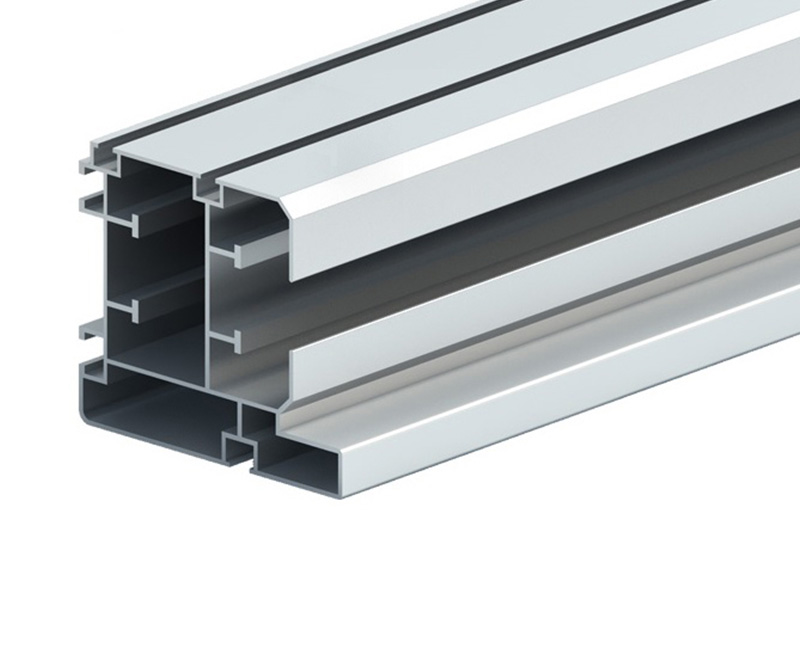Everything you need to know about aluminum profiles
Jun. 19, 2024
1. Characteristics of aluminum profiles:
Lightweight and high strength: Aluminum profiles are known for their low density and high strength, making them ideal for lightweight structural applications. Utilizing aluminum profiles can significantly decrease structural weight while enhancing stability and safety.
Excellent corrosion resistance: These profiles excel in resisting corrosion, maintaining their functionality even in damp and harsh chemical environments.
Good electrical and thermal conductivity: Aluminum profiles exhibit remarkable electrical and thermal conductivity, which makes them suitable for use in electrical devices and heat exchange applications. Their conductivity is second only to copper.
Easy to process and form: With their favorable machinability and formability, aluminum profiles can be easily manipulated through cutting, drilling, bending, and welding to achieve various shapes and sizes.
Environmentally friendly and recyclable: As a highly recyclable metal, aluminum profiles contribute positively to environmental sustainability.
2. Types of aluminum profiles:
It is crucial to understand the various types of aluminum profiles and their applications, as this knowledge streamlines the program design process.
Classification by purpose includes: building aluminum profiles, radiator aluminum profiles, industrial aluminum profiles, rail vehicle structure aluminum alloy profiles, and mounted aluminum profiles.
Classification by alloy composition: Aluminum profiles can be categorized into grades such as 1024, 2011, 6063, 6061, 6082, and 7075 based on their alloy compositions.
Classified according to different applications:
Common profile series include general profile series, manipulator profile series, double speed chain profile series, lean pipe profile series, European standard series, national standard series, and protective fence series profiles.

3. Connection methods of aluminum profiles:
There are several common connection methods for aluminum profiles that can be referenced for design:
3.1 Angle code connection: This method involves connecting two or more aluminum profiles using angle codes available in different angles like 90°, 45°, or 135° to accommodate various connection needs.
3.2 Screw connection: Using screws for fastening aluminum profiles is a straightforward and quick method appropriate for simple connections.
3.3 Notch connection: This entails utilizing the notches of aluminum profiles for connecting, including options like L-shaped corner groove connectors with high strength and stability.
3.4 Welding connection: For instances requiring stronger connections, aluminum profiles can be welded together. However, it's important to note that not all profiles are suitable for welding; selection must be based on specific material and processing needs.
4. Principles for selecting aluminum profiles:
When selecting aluminum profiles, the following guidelines should be followed:
Choose based on application scenarios: Different scenarios dictate specific performance requirements, necessitating the selection of appropriate profile types and specifications.
Consider strength and hardness: Based on the structural demands, select materials with adequate strength and hardness to ensure stability and safety.
Consider corrosion resistance: Aluminum profiles used in corrosive settings need to possess strong corrosion resistance to prolong functionality.
Consider processability: Select profiles that meet processing needs to facilitate subsequent operations including cutting, drilling, and bending.
Consider cost factors: Aim for aluminum profiles that offer a high performance-to-cost ratio while fulfilling usage requirements.
5. Applications of aluminum profiles:
In the construction sector:
Aluminum profiles find extensive usage in construction applications like doors, windows, curtain walls, and both indoor and outdoor decorations.
In the industrial sector:
Industrial aluminum profiles are key components in mechanical automation, production lines, and equipment racks.
In the transportation sector:
Aluminum alloy profiles for rail vehicles serve as critical materials in the rail transit industry, used for manufacturing vehicle bodies, connectors, and other vital components.
262
0
0
None
None


Comments
All Comments (0)